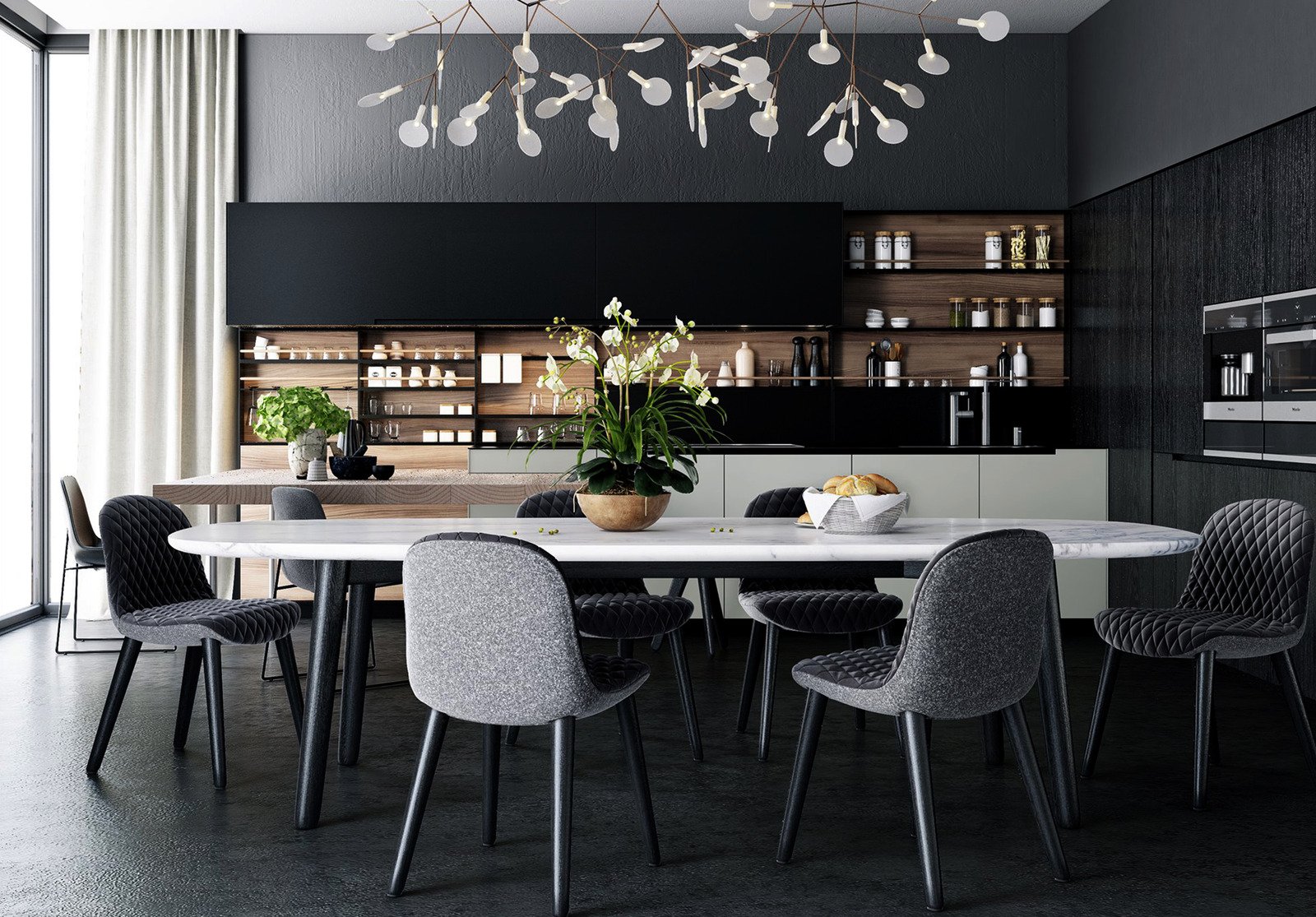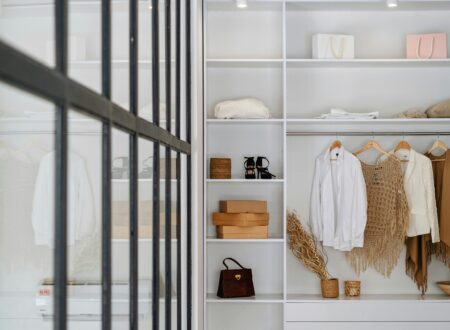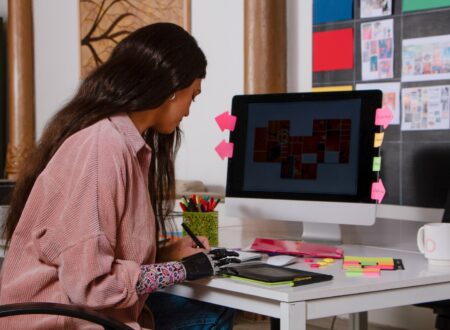Interior design is always evolving, shaped by lifestyle changes, social influences, and creative innovation. As we continue embracing comfort, personality, and functionality in our homes, the 2025 design landscape is undergoing a stylish transformation. Some trends are rising to the top, while others are gently being retired.
If you’re considering a home refresh or just love keeping up with what’s hot (and what’s not), this guide breaks down the latest interior design trends—what to embrace and what to leave behind.
✅ What’s In
1. Warm, Earthy Tones
Move over stark whites and cool grays—warm, nature-inspired colors are taking center stage. Think terracotta, clay, olive green, sand, and deep browns. These tones create a grounded, inviting atmosphere and pair beautifully with natural materials like wood, stone, and linen.
Try it: Paint an accent wall in burnt sienna or introduce rust-toned throw pillows to add richness without overwhelming your space.
2. Organic Shapes and Textures
Curves and irregular forms are dominating the design world. Sofas, chairs, mirrors, and tables with rounded edges and sculptural forms are not only visually appealing but also soften the vibe of any room.
Materials like boucle, rattan, jute, and cane are also back in full swing—bringing texture and a sense of tactility to furniture and decor.
Try it: Swap your coffee table for an asymmetrical stone-top piece or add a boucle accent chair to your reading nook.
3. Maximalism and Personal Expression
Minimalism had its moment, but 2025 is all about individuality and bold design choices. Maximalism doesn’t mean clutter—it’s about intentional layering, rich color schemes, and mixing patterns or styles.
Try it: Mix vintage finds with modern pieces, display your favorite books, travel souvenirs, or art in a curated gallery wall. It’s about telling your story through design.
4. Multifunctional Spaces
As remote work and flexible living continue, the demand for versatile spaces has skyrocketed. From murphy beds to modular furniture and built-in workstations, designs are prioritizing form and function more than ever.
Try it: Incorporate a fold-down desk in your guest room or a bench with hidden storage to maximize your square footage.
5. Sustainable and Ethical Design
Homeowners are more conscious than ever about where their furniture comes from and how it’s made. Sustainable, upcycled, and locally crafted pieces are becoming a priority, shifting the focus away from mass-produced items.
Try it: Shop secondhand, look for FSC-certified wood, or support artisans and local makers.
6. Statement Lighting
Lighting is no longer just functional—it’s a centerpiece of design. Oversized pendant lights, sculptural floor lamps, and vintage chandeliers are being used to add drama and style.
Try it: Add a statement light above your dining table or a bold sconce in your entryway to give the space instant personality.
❌ What’s Out
1. All-White Everything
The sterile, all-white aesthetic is starting to feel too cold and impersonal. While white still has its place, especially in small or dark spaces, the trend is shifting toward cozier, layered palettes.
Swap it with: Off-white, cream, or warm neutrals paired with wood accents or colored trim for depth.
2. Fast Furniture
Cheap, disposable furniture is falling out of favor as people look for quality over quantity. Consumers are moving toward investing in timeless pieces that last longer and have a lower environmental impact.
Swap it with: Thrifted items, heirloom pieces, or sustainable brands that prioritize craftsmanship.
3. Open Shelving Overload
While open shelving can look great in moderation, entire walls of open kitchen shelving are becoming less practical. Dust, clutter, and visual chaos have made this trend harder to maintain.
Swap it with: A mix of closed cabinetry and a few open shelves for styled, intentional displays.
4. Farmhouse Overload
Thanks to over-saturation, the modern farmhouse look—shiplap walls, barn doors, overly rustic decor—has reached peak fatigue. The once-charming aesthetic now feels overly staged and repetitive.
Swap it with: A more refined rustic or organic modern style that includes natural materials but balances them with contemporary lines and personalized touches.
5. Gray Everything
From walls to sofas, all-gray interiors are taking a backseat. While gray still works in small doses, many are replacing it with warmer neutrals that feel more inviting.
Swap it with: Warm beige, greige, caramel, or even deep jewel tones for a more current and cozy look.
6. Matching Furniture Sets
Gone are the days of identical living room or bedroom sets. Uniformity is being replaced by intentional mismatching—mixing materials, shapes, and textures for a more curated, collected look.
Swap it with: A velvet armchair paired with a leather sofa, or a wooden nightstand beside a metal-frame bed for contrast and character.
Bringing It All Together
The biggest trend in interior design right now? Authenticity. People are designing homes that reflect who they are—not just what’s trendy. While aesthetics still matter, comfort, function, and story are at the forefront.
When deciding whether to follow or ditch a trend, ask yourself:
- Does it serve your lifestyle?
- Does it feel timeless to you?
- Does it add joy or practicality to your home?
The best interiors don’t follow rules—they tell a story. So whether you’re adopting earthy palettes or embracing statement lighting, let your space speak to your style.
Final Thoughts
Trends come and go, but good design lasts. As we move through 2025, interior design is shifting toward warmth, purpose, and personal expression. It’s not just about what looks good—it’s about how it feels to live there.
If you’re planning a redesign or simply refreshing a room, use these “in vs. out” guidelines to create a space that’s not only current but uniquely yours.





